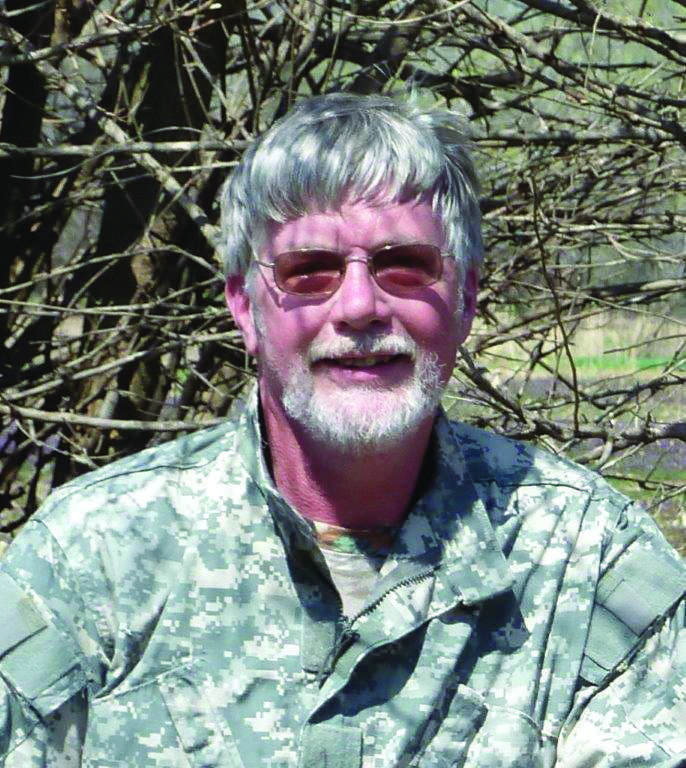I have to come clean about something; I am an addict! I’m addicted to Fox News on my phone and check it several times each day, often first thing in the morning for starters. The story that caught my eye one morning this week concerned the California Fish and Wildlife’s (CFW) discovery of more than 100 dead hawks and other protected birds on an 80 acre property in Northern California. A neighbor called authorities that someone was shooting at birds and he thought they were hawks. One captain with the CFW told Fox news he had been with the department for 21 years and had never seen anything like that in a poaching case in his career.
Hawks and owls are federally protected right along with eagles, and fines in the thousands of dollars will be levied against someone convicted of killing them. That California landowner better have a golden goose! I remember one old guy who lived at the nursing / retirement home where I worked that once told me “All hawks need shootin’.” It seems he thought all hawks and owls were nothing but chicken thieves. While I suppose over the years a fair number of domestic fowl have met an untimely demise at the claws of hawks and owls, MOST have been snagged by coyotes, bobcats, skunks, coon’s, possums and even feral cats. Hawks and owls are deadly rodent hunters and I’d hate to be around to see the spike in the field mouse and rat populations if there were suddenly no hawks or owls.
I remember one fall day several years ago watching combines harvest a field of soybeans and trying to count the number of hawks of various descriptions feasting on field mice and rats stirred up amidst the litter of dead soybean leaves on the ground under the plants. I lost count at thirty birds. Red tail hawks, Kansas’ most common hawks are partial-migrants. That means that many, but not all red tails from northern climates migrate into southern states to find milder winters which mean easier hunting for them. That’s why we see so many more hawks in Kansas from mid-October through spring.
Another partial migrant that comes to Kansas is the northern harrier. Again, many but not all of them from northern states come south seeking milder winters and easier hunting. Northern harriers are the large dark hawks seen in large numbers here over the winter that hunt by gliding and slowly rocking back-and-forth low over CRP fields and pastures. They have falcon-shaped wings and broad wedge-shaped tails highlighted with white stripes across their tail. I love to sit in our deer blind in early December and watch them hunt the long grass waterway that stretches for several hundred yards in front of our blind. This year there were two there every morning; sometimes they were both in the air at once, sometimes one sat on a fence post while the other harassed it by making strafing flights past it so close it nearly knocked it from its perch. Finally one afternoon I was privileged to watch one of the harriers make a catch. It had been slowly and methodically working that grass waterway when it suddenly went to the ground. A few seconds later it was in the air again, slowly weaving back-and-forth mere feet in the air over that same small patch of grass and brush where it had gone to the ground. Suddenly it darted out into the bean stubble beside the waterway and pounced on something too small for me to see from where I sat a couple hundred yards away. Evidently the big hawk’s presence had unnerved a mouse, rat or a small rabbit enough to make a run for it in the open, and the big guy was rewarded with a snack, which it sat and ate there for ten or fifteen minutes.
Owls are my favorite birds. You’ve probably heard me gush about my brother’s cabin in the wooded hills of southeastern Ohio. It has a beautiful porch running the length of it on the front, and sitting there after dark or just before sunrise during the spring and summer rewards a patient and quiet listener with an indescribable symphony of wildlife sounds. The main musicians are coyotes, great horned owls, barred owls, screech owls and whippoorwills, often heard together in the same sitting. A couple great horned owls often perch near our deer blind in the predawn darkness, sometimes sounding as though one of them is perched atop the blind. Their soft, raspy “coos” in the darkness are at the same time eerie and soothing, as they seem completely unconcerned by the problems of the coming day.
I struggle to understand why anyone would want these raptors dead. If they are losing poultry and have actually witnessed a bird of prey carry one away, they have a case, but still cannot kill them, in which case they need to find a way to pen-up the poultry. If they are losing poultry and blaming that on hawks and owls without proof, they need to look elsewhere at some of the other critters mentioned above. If you don’t live in the country, park on a deserted side road near a woodlot with your windows down some calm night about dusk and listen to the symphony; I think you’ll become a fan! Continue to Explore Kansas Outdoors.
Steve can be contacted by email at stevenrgilliland@gmail.com.



